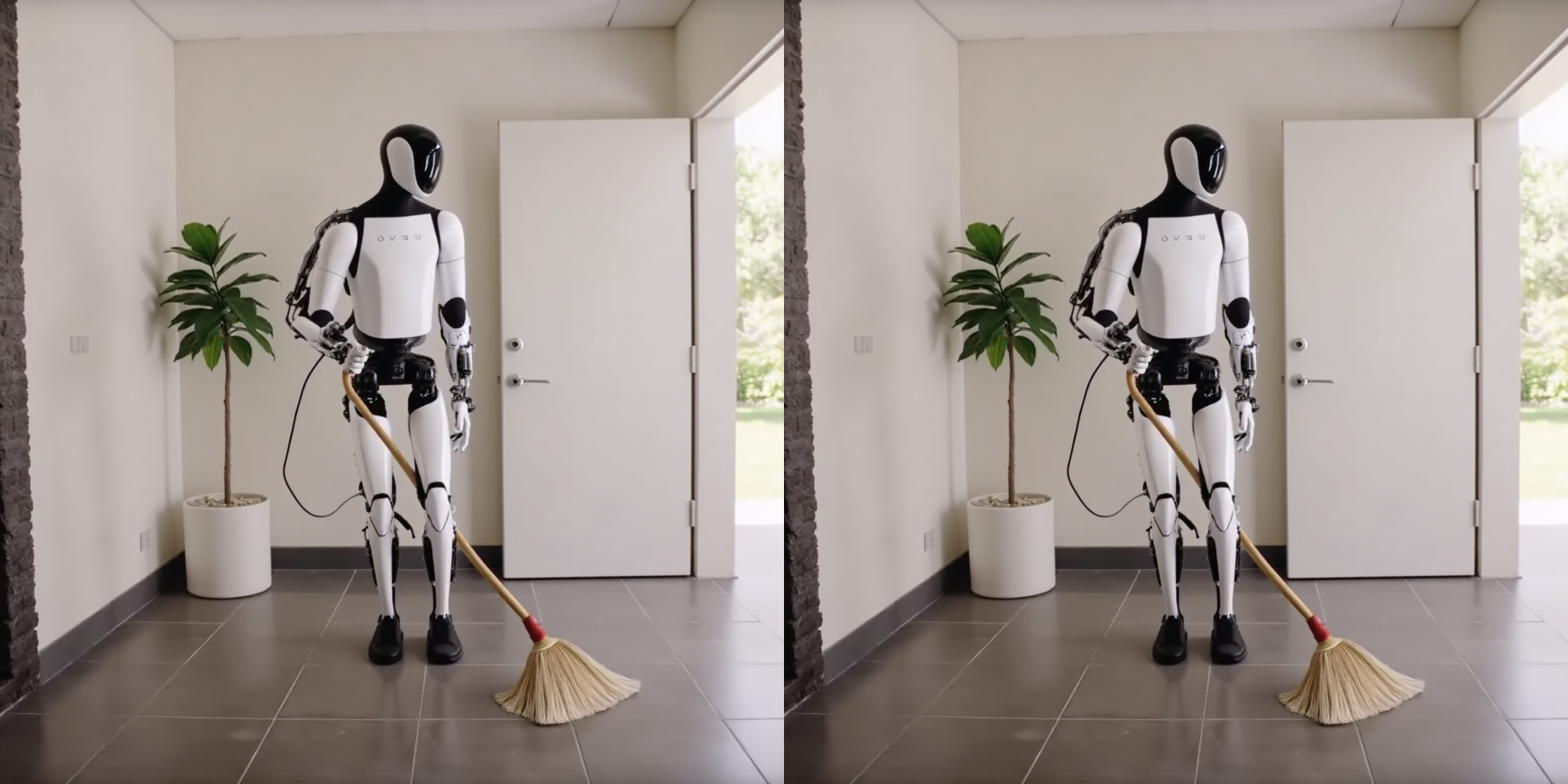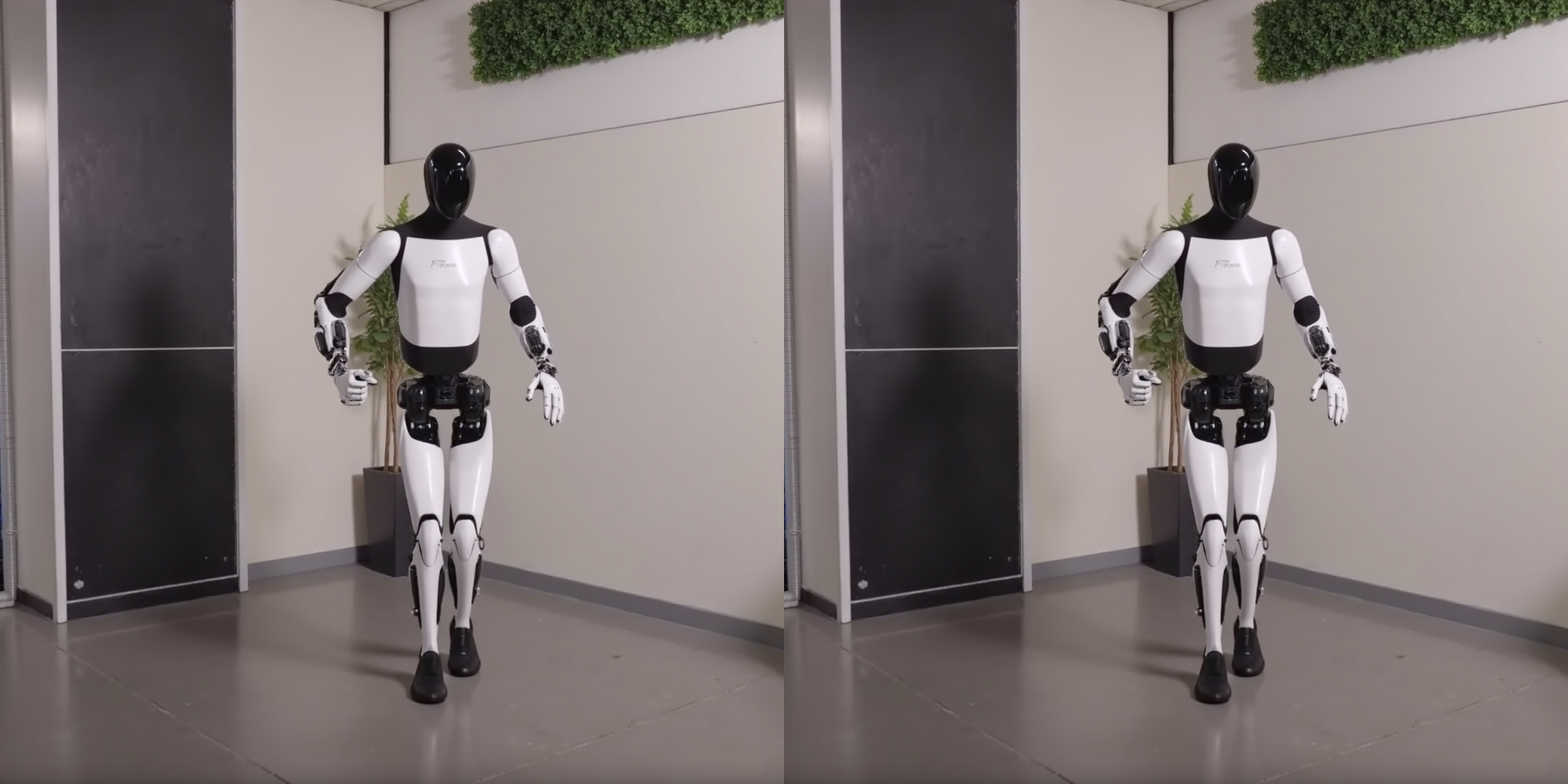



 |
Yorkshire Terrier with smile, How2Draw |
 |
a dolphin, How2Draw |
 |
an owl, How3Draw |
 |
A silhouette of a girl performing a ballet pose, with elegant lines to suggest grace and movement. The background can include simple outlines of ballet shoes and a music note. The image should convey elegance and poise in a minimalistic style, How2Draw |
 |
optimus is cleaning the house with broomstick |
 |
optimus is a DJ performing at a hip nightclub |
 |
optimus is competing in a bboy break dancing competition |
 |
optimus is playing tennis in a tennis court |